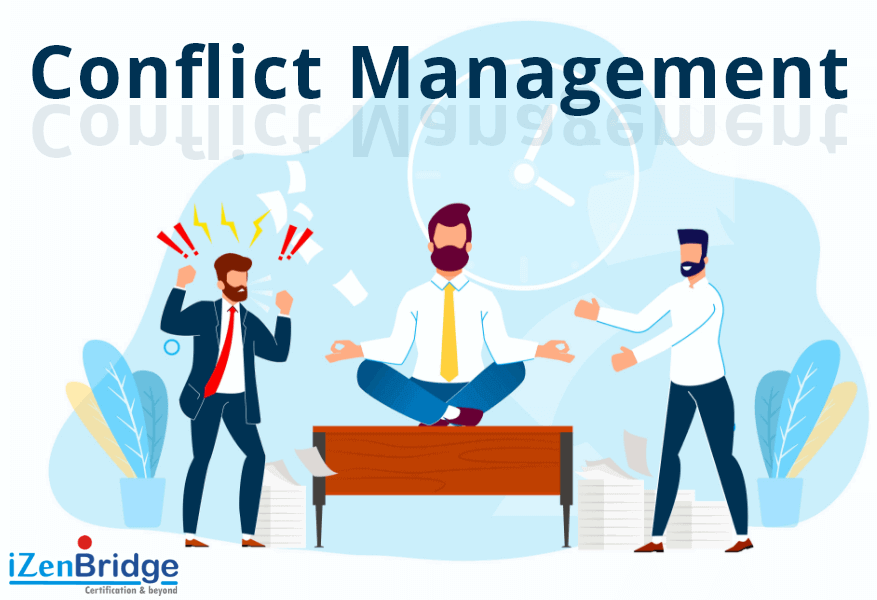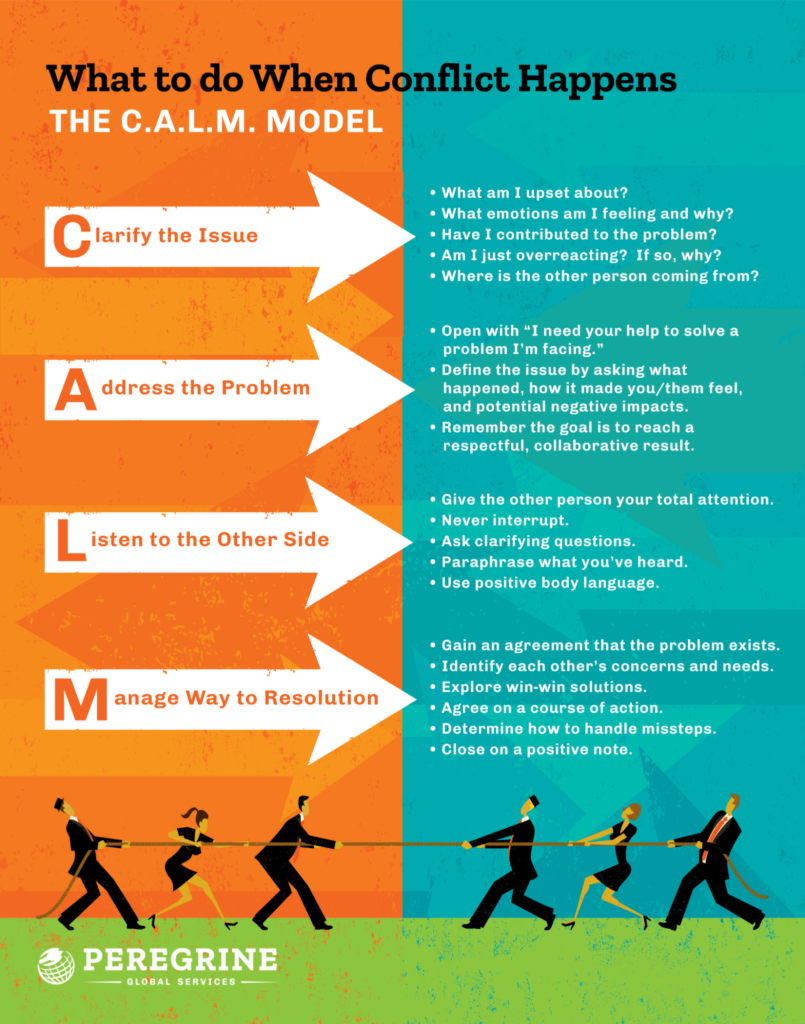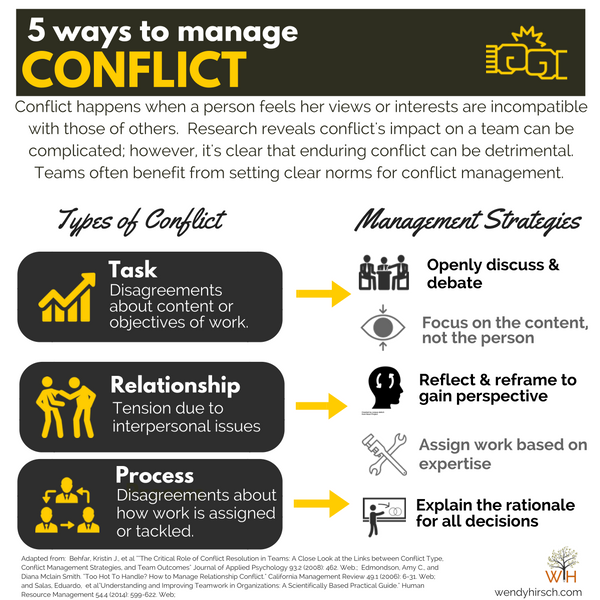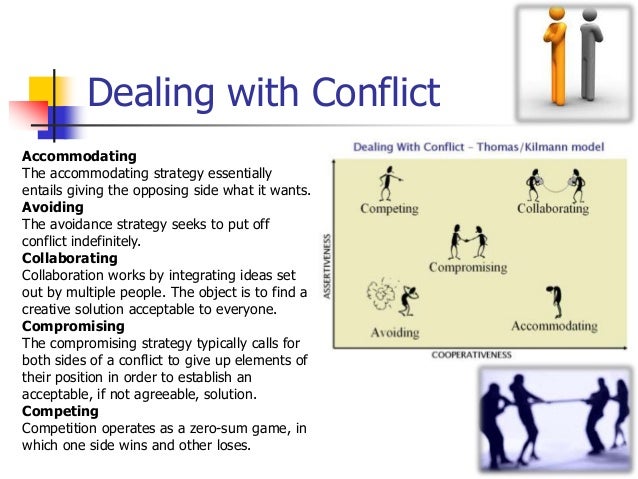How To Handle Conflict With Team Members
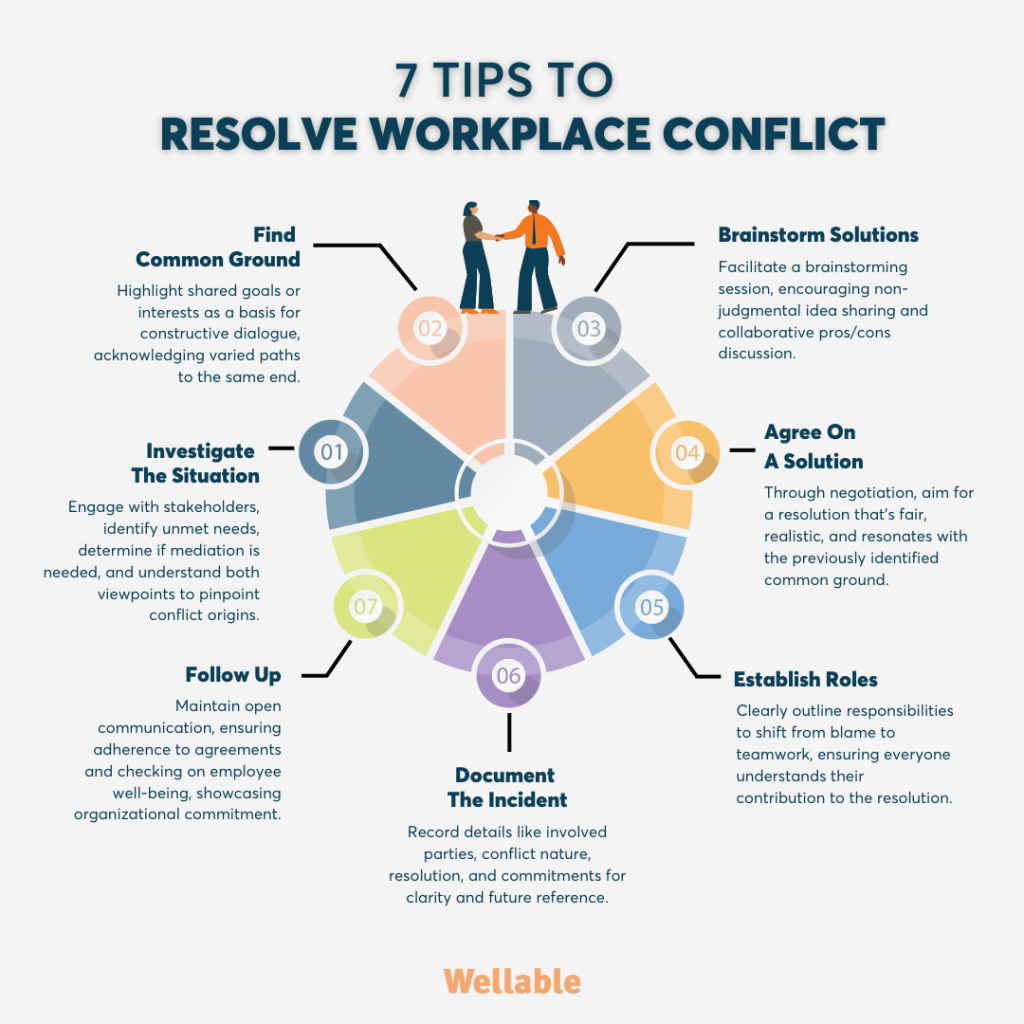
Imagine a bustling office, the air thick with the aroma of freshly brewed coffee and the low hum of keyboards clicking. Suddenly, the volume rises. A heated discussion erupts between two team members, their faces flushed, voices sharp. The energy in the room shifts, a palpable tension settling over everyone nearby. Dealing with conflict is as crucial as any other business process.
Navigating conflict within a team is inevitable, but understanding how to approach it constructively can transform potential disruption into an opportunity for growth and stronger collaboration. This article delves into practical strategies for handling disagreements with team members, emphasizing communication, empathy, and a solution-oriented mindset. It explores proven methods to de-escalate tensions, foster understanding, and ultimately, build a more resilient and harmonious team environment.
Understanding the Landscape of Conflict
Conflict in the workplace often stems from differing opinions, communication breakdowns, or competing goals. Recognizing the root cause of the issue is the first step towards resolution. Is it a clash of personalities, a misunderstanding of expectations, or a deeper systemic problem within the team's structure?
According to a study by the CPP Global Human Capital Report, unresolved conflict can lead to decreased productivity, increased absenteeism, and a decline in overall morale. A proactive approach to conflict management, therefore, is not just about quelling disputes; it's about safeguarding the health and effectiveness of the entire team. The failure to address it appropriately will be devastating.
Strategies for Constructive Conflict Resolution
Active Listening: Hear to Understand
One of the most powerful tools in conflict resolution is active listening. This involves not only hearing what the other person is saying but also paying attention to their non-verbal cues, understanding their emotions, and responding in a way that validates their perspective. Avoid interrupting, and instead, focus on truly comprehending their viewpoint.
Use phrases like, "So, if I understand correctly, you're saying…" to ensure you've accurately grasped their concerns. This demonstrates empathy and a genuine desire to understand their position, which can immediately de-escalate the situation. Make sure that the speaker feels understood.
Open and Honest Communication: Bridging the Gap
Once you've actively listened, it's crucial to express your own perspective clearly and respectfully. Avoid accusatory language or generalizations. Instead, focus on specific behaviors or situations and how they impacted you. Use "I" statements to express your feelings without blaming the other person.
For instance, instead of saying, "You always dismiss my ideas," try, "I felt unheard when my suggestion was overlooked in the meeting." This approach fosters a more constructive dialogue and reduces the likelihood of defensiveness. It is a skill that is important to master.
Finding Common Ground: Building Bridges, Not Walls
Even in the midst of conflict, there's often some common ground to be found. Identifying shared goals, values, or interests can help bridge the gap between opposing viewpoints. Focus on what you both agree on and use that as a foundation for finding a mutually acceptable solution. It can also be seen as a starting point for negotiations.
Perhaps both parties want the project to succeed, or they both value a harmonious work environment. Emphasizing these shared objectives can help shift the focus from the conflict itself to a collaborative search for a solution that benefits everyone involved. Collaboration is the key to success.
Mediation and Facilitation: When External Help is Needed
In some cases, conflict may be too entrenched or emotionally charged to be resolved through direct communication alone. In these situations, bringing in a neutral third party, such as a manager, HR representative, or trained mediator, can be invaluable. A mediator can help facilitate a structured conversation, ensure that everyone has a chance to speak, and guide the parties towards a mutually agreeable resolution. This is vital to create a healthy and inclusive workplace.
Setting Boundaries and Expectations: Preventing Future Conflicts
One of the best ways to manage conflict is to prevent it from arising in the first place. Clearly defining roles, responsibilities, and expectations can minimize misunderstandings and disagreements. Establish clear communication protocols and guidelines for respectful interaction. By providing clear boundaries, conflict will be less likely to occur.
Regular team meetings and open forums for feedback can also help surface potential issues before they escalate into full-blown conflicts. Proactive communication is a very important aspect.
Turning Conflict into Opportunity
While conflict can be uncomfortable, it can also be a catalyst for positive change. When handled constructively, conflict can lead to increased creativity, innovation, and stronger team cohesion. By embracing conflict as an opportunity for learning and growth, teams can build resilience and adaptability.
Thomas Kilmann, developers of the Thomas-Kilmann Conflict Mode Instrument (TKI), a leading assessment tool, emphasized that understanding different conflict styles can lead to more effective resolution strategies. A great and highly effective tool.
Ultimately, effectively handling conflict within a team is not about avoiding disagreements altogether, but about creating a culture where differences are respected, communication is open, and solutions are found collaboratively. It is a cornerstone of building a high-performing and thriving team environment. The goal is not to avoid conflict, but to embrace and resolve it.
